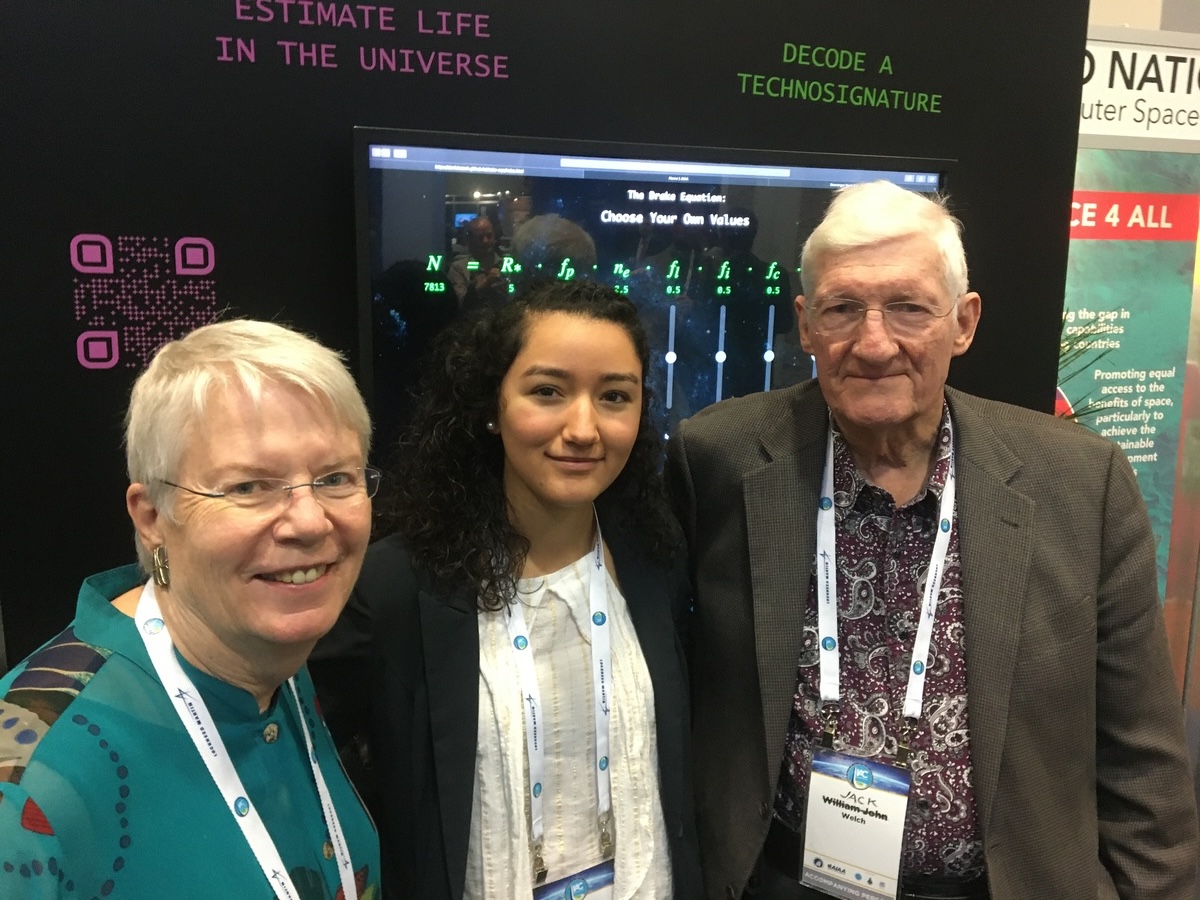
June 11, 2025, Mountain View, CA – The SETI Institute is pleased to announce Dr. Karen I. Perez as the inaugural recipient of the William J. Welch Postdoctoral Fellowship at the SETI Institute. Beginning in the Fall of 2025, Perez will develop real-time, machine-learning-enabled and GPU-accelerated analysis pipelines for detecting single-pulse transients, as well as narrowband and broadband technosignatures, using the Allen Telescope Array (ATA) in Hat Creek, CA and other telescopes around the world.
Her research will bridge science and engineering, advancing the field of radio astronomy through the integration of NVIDIA accelerator technology, which is crucial for advancing the SETI Institute's data-intensive search for signals from intelligent life.
“Working at the SETI Institute and contributing to the search for intelligent life has been a dream of mine since I was 15,” said Perez. “I’ve had the privilege of crossing paths with many of the field’s pioneers—including Jack Welch, Jill Tarter, and Frank Drake. I’m honored to be the first Welch Postdoctoral Fellow and grateful for the opportunity to be a part of what I believe is the coolest, most exciting endeavor in history!”
Perez earned her B.A. in Astronomy with a concentration in Astrophysics at Cornell University. She joined the Berkeley SETI Research Center's REU (Research Experience for Undergraduates) program under the mentorship of SETI Institute Scientist Dr. Vishal Gajjar. Her work on pulsar search pipelines and the Breakthrough Listen (BL) Galactic Center Survey helped develop new strategies for identifying astrophysical and technosignature signals. This work earned her the SETI Institute’s 2020 SETI Forward Award.
She completed her PhD in Astronomy at Columbia University and continued to collaborate with the BL team, co-mentoring REU students using observatories including the Green Bank Telescope, the Parkes Radio Telescope and the Sardinia Radio Telescope.
“Dr. Perez has already demonstrated tremendous accomplishment as an early career scientist,” said Dr. Andrew Siemion, Bernard M. Oliver Chair for SETI at the SETI Institute. “The combination of her tenacity and creativity, paired with the world-class resources available at the SETI Institute, sets the stage for some very exciting developments in the future.”
“Karen brings a rare combination of technical fluency and scientific vision that is perfectly suited to the Allen Telescope Array,” said Dr. Wael Farah, Project Scientist for the ATA. “Her work will not only advance our ability to detect fast transients and technosignatures in real-time, but also contribute to shaping the next generation of SETI instrumentation and data analysis. Just as importantly, her dedication to mentoring young researchers ensures that her impact will extend well beyond her own discoveries, helping to cultivate a vibrant and inclusive future for the field.”
The William J. Welch Postdoctoral Fellowship supports exceptional early-career scientists in developing and employing cutting-edge instrumentation to answer fundamental questions in astronomy and astrophysics, with a particular focus on the search for extraterrestrial intelligence or technosignatures. This research program will significantly advance the SETI Institute's mission to lead humanity's quest to understand the origins and prevalence of life and intelligence in the universe—and to share that knowledge with the world.
The Welch Fellowship will accept applications annually.
About the SETI Institute
Founded in 1984, the SETI Institute is a non-profit, multi-disciplinary research and education organization whose mission is to lead humanity’s quest to understand the origins and prevalence of life and intelligence in the universe and share that knowledge with the world. Our research encompasses the physical and biological sciences and leverages data analytics, machine learning, and advanced signal detection technologies. The SETI Institute is a distinguished research partner for industry, academia, and government agencies, including NASA and the National Science Foundation.
Contact information
Rebecca McDonald
Director of Communications
SETI Institute
rmcdonald@seti.org
News
Related News
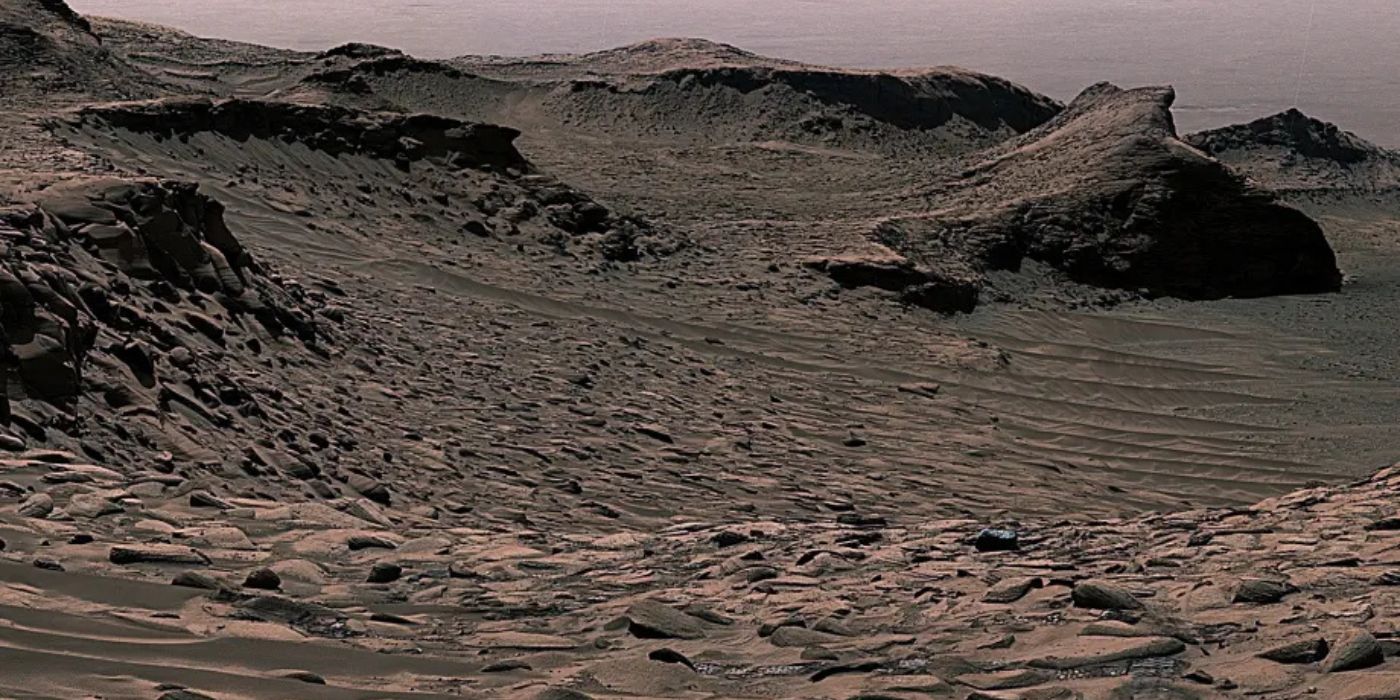
Mars’s Ancient Carbon Cycle: How Rocks on Mars Tell the Story of a Vanishing Climate
#SETI Live Blog #Mars #Astrobiology #SETI #Solar System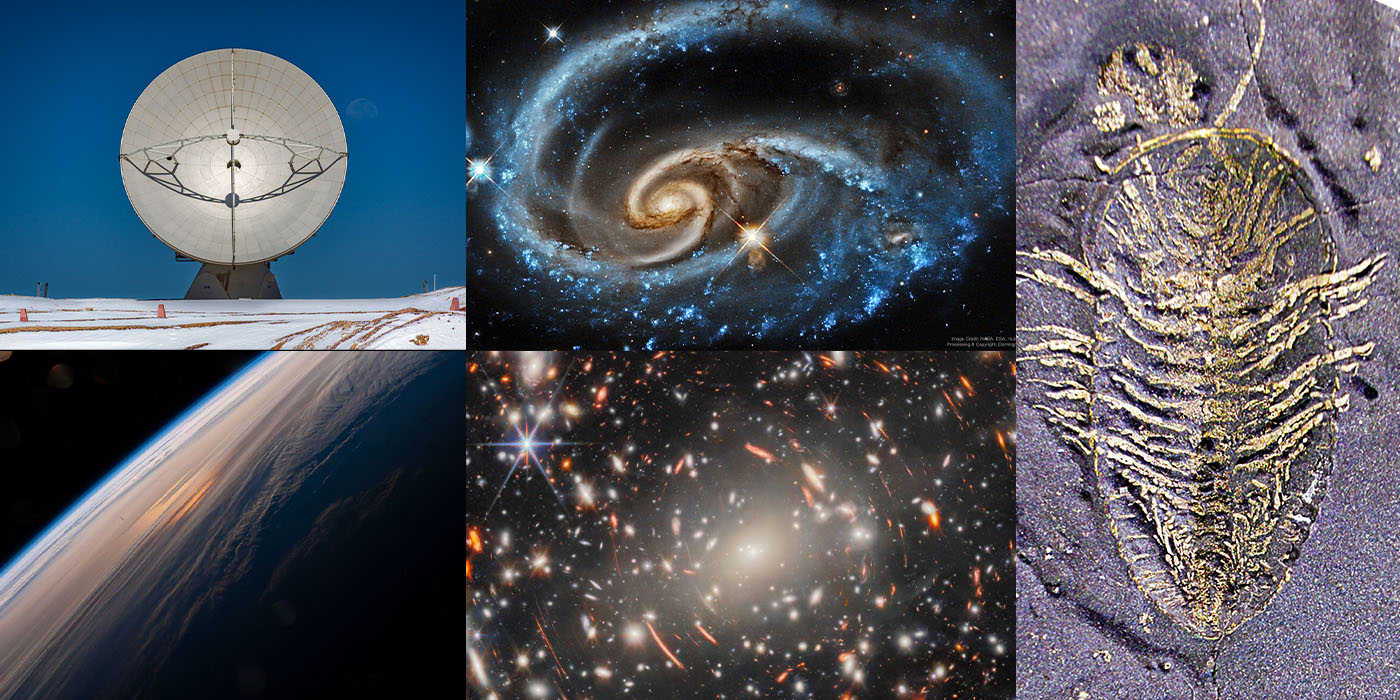
Planetary Picture of the Day - Week of June 02, 2025
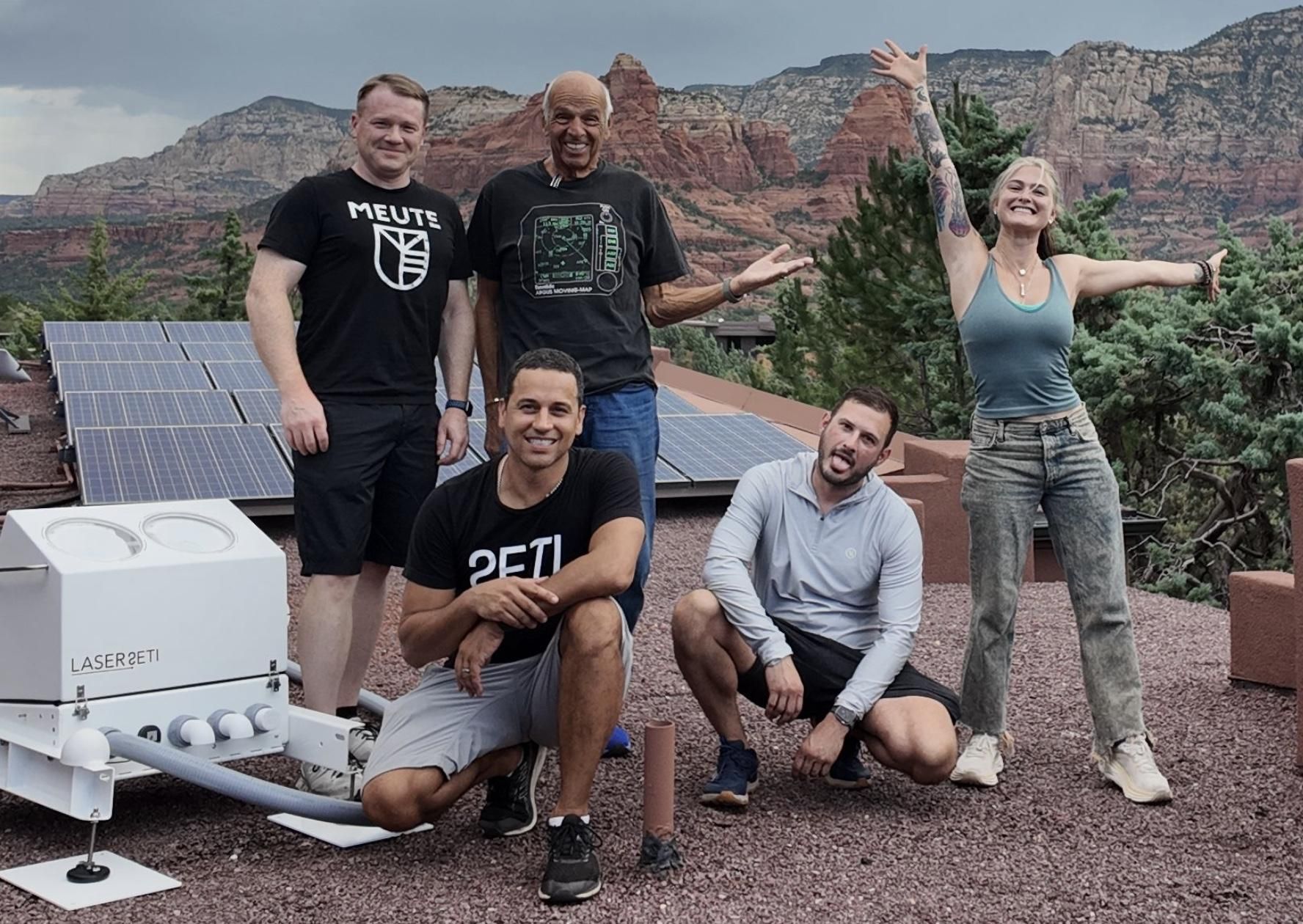
Searching for Life from the Rooftops
#LaserSETI #SETI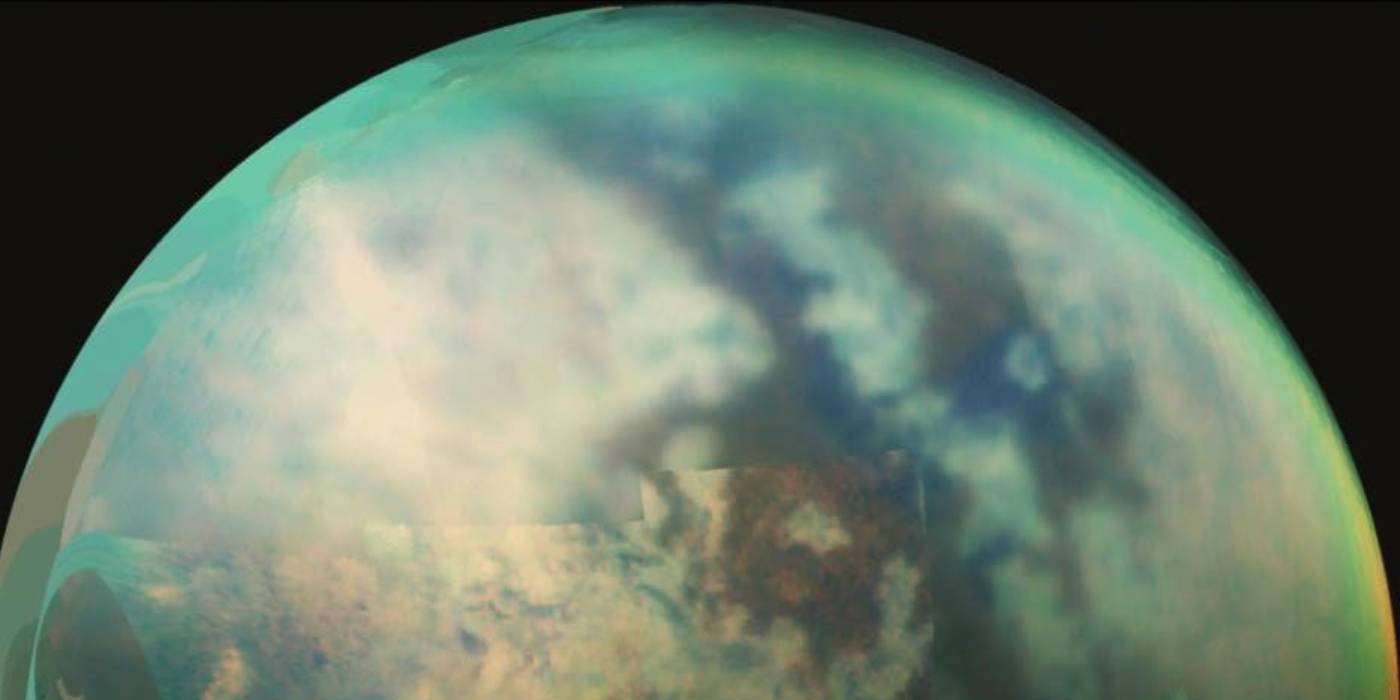
Titan’s Missing Deltas? What Cassini Saw — and What It Didn’t
#SETI Live Blog #Solar System #Astrophysics #Astrobiology #NASA Missions and Observatories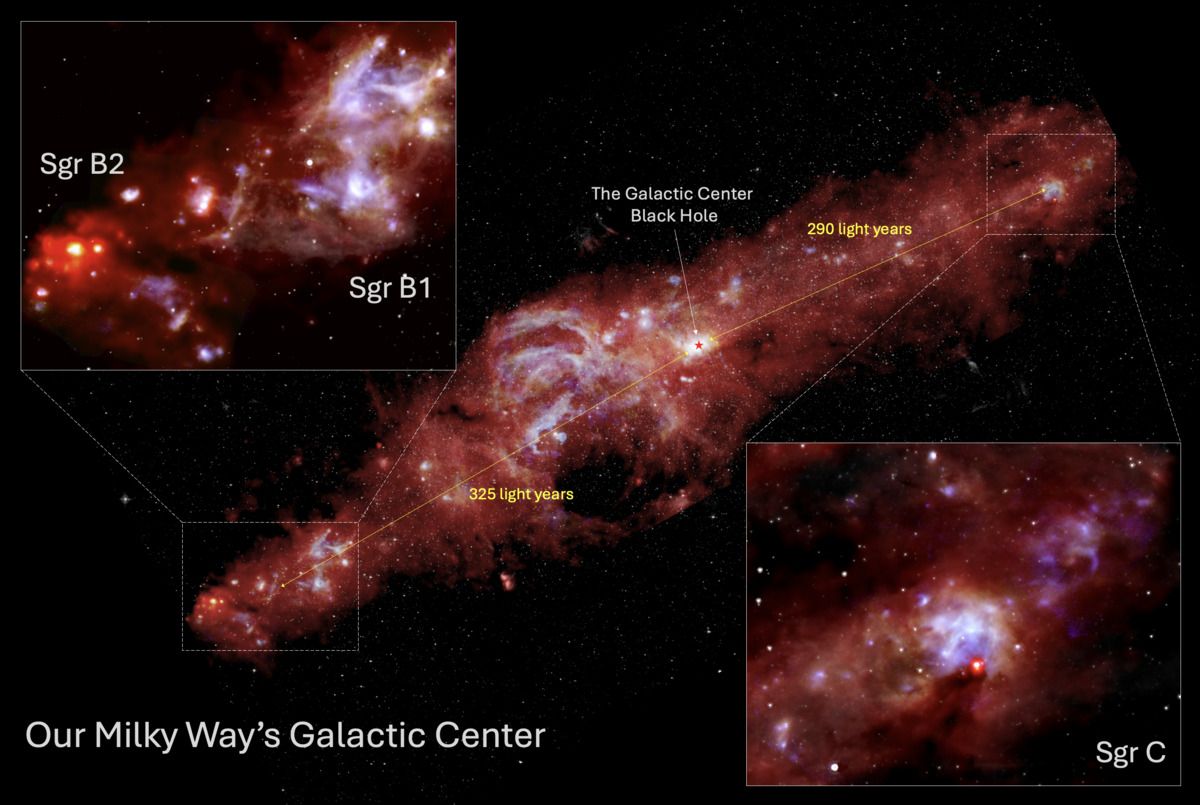
Unusual Stellar Nurseries Near Our Galaxy’s Center Puzzle Scientists
#Press Releases #SOFIA #NASA Missions and Observatories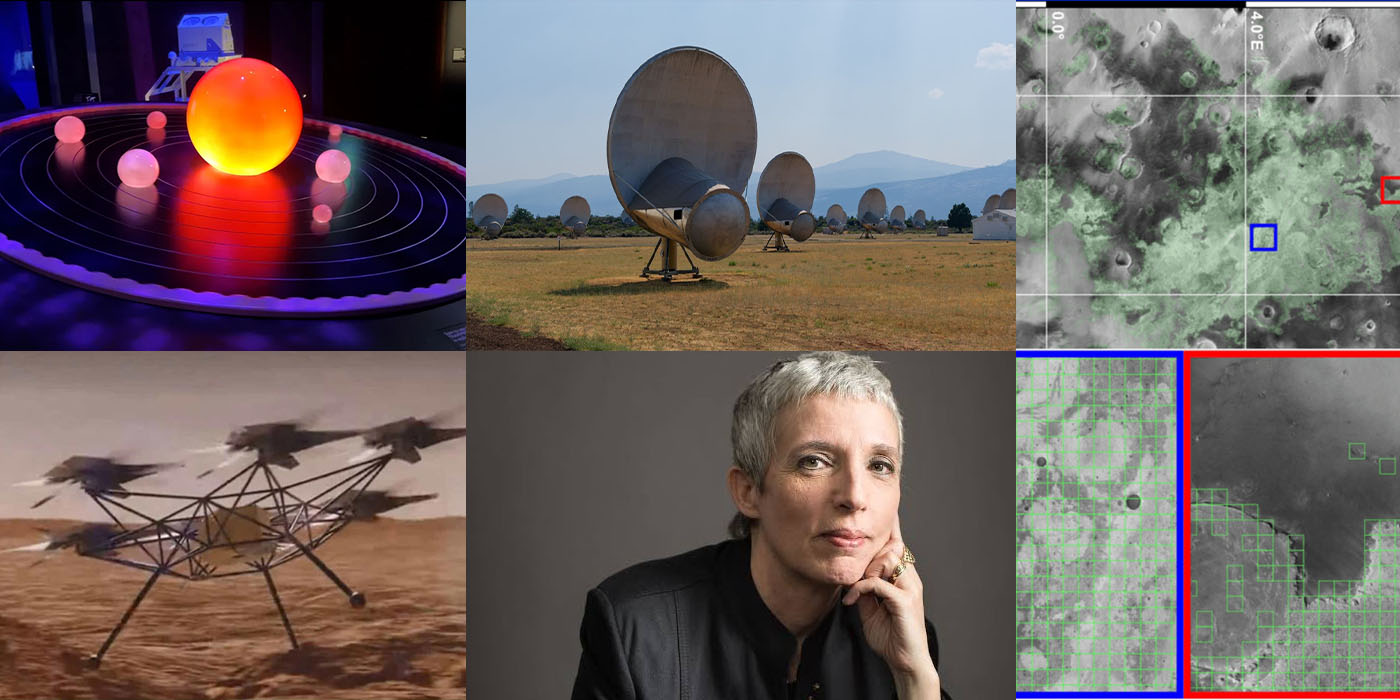
SETI Institute in the News: May Roundup
Research
Related Projects
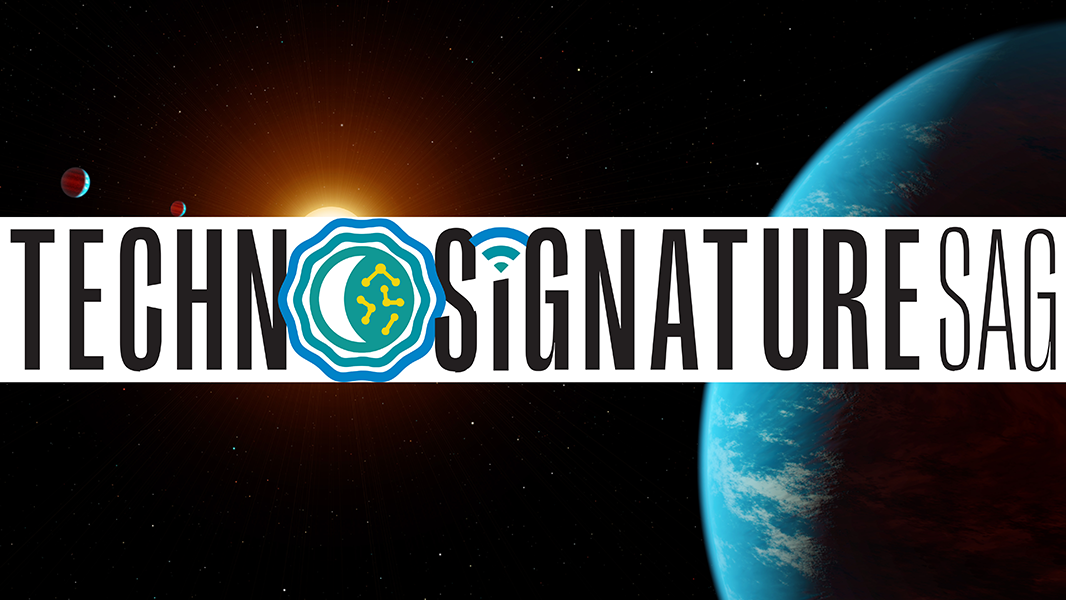
Technosignatures SAG
Technosignatures SAG is a group of volunteer experts who have been chartered by NASA to produce a report to NASA’s Exoplanet Exploration Program, containing the results of its analysis on how NASA can better integrate technosignature search into its portfolio. #Technosignatures SAG #Technosignatures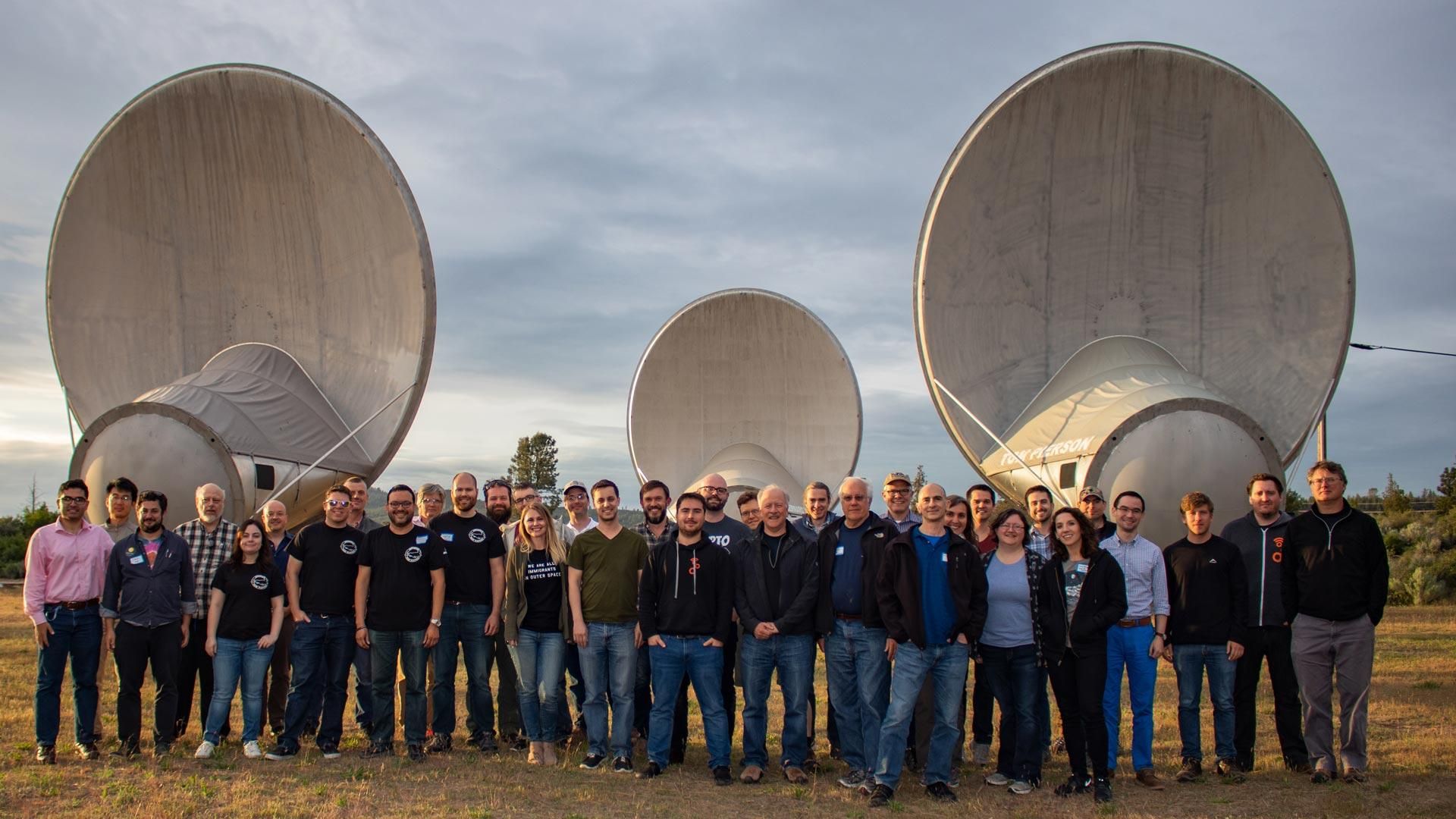
GNU Radio and SETI
GNU technology could revolutionize the development of receiving equipment for SETI (and for radio astronomy in general.) It promises to speed the design of new receivers, and to allow scientists to quickly change how data are analyzed and displayed. #GNU Radio #Radio Astronomy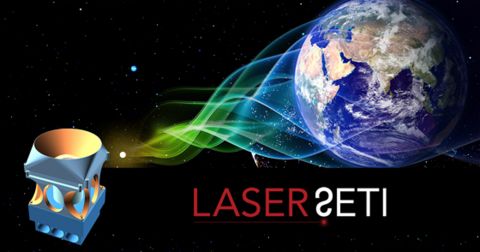
LaserSETI
SETI Institute’s LaserSETI program is building a network of instruments to monitor the entire night sky. This network represents an unprecedented growth in the continuing search for manifestations of sophisticated intelligence beyond Earth. #LaserSETI #Optical SETISupport the
SETI Institute
Scientists are getting closer in their search for life beyond earth. But with limited federal funding for the search for extraterrestrial intelligence, supporters are the reason cutting-edge scientists can keep their eyes on the sky.
)

